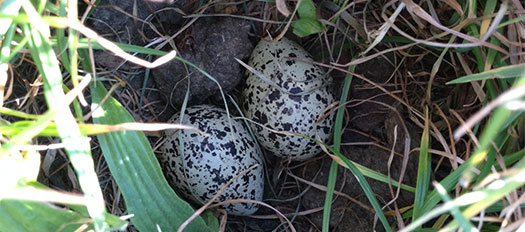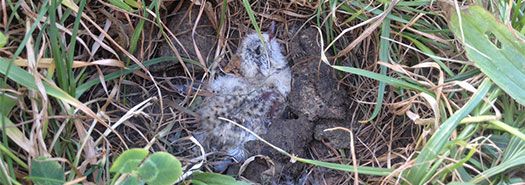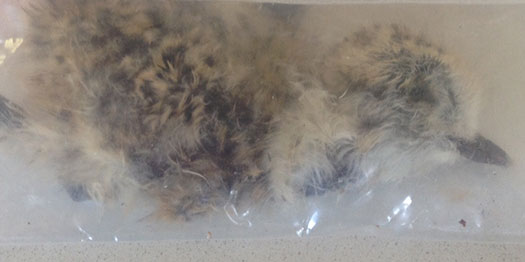 While I was cleaning up this rusted oil barrel that had been dumped near a stream in Selwyn Bush decades ago, I thought about how “times have changed”. I guess all I need to do is make them change faster.
While I was cleaning up this rusted oil barrel that had been dumped near a stream in Selwyn Bush decades ago, I thought about how “times have changed”. I guess all I need to do is make them change faster.
A Dotterel Breeding habitat at Tahuna Torea
After the last count of 50 Pukeko at Point England I am considering trying to find a better breeding habitat on the Tamaki Estuary for the local Dotterel. Michael Taylor can’t recall Dotterel showing any interest in the tidal mudflats in the lagoon area at Tahuna Torea. I am wondering why, as this seems the perfect spot.

Mangroves and other vegetation would need to be cleared to give the birds a 270° view. Gwenda Pulham made the observation that there are no sand hoppers to feed chicks and I should read HANZAB. Which states “Usually feed on firm exposed mudflats, sand or stones; avoid soft sticky mud, e.g. near mangroves.”
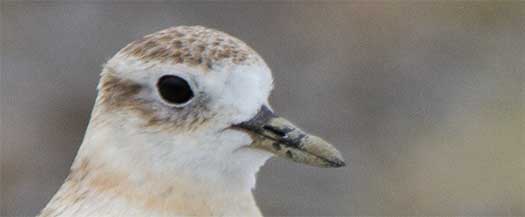
So how sticky is too sticky?
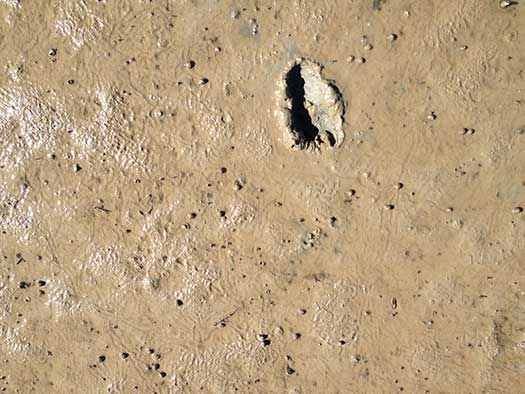
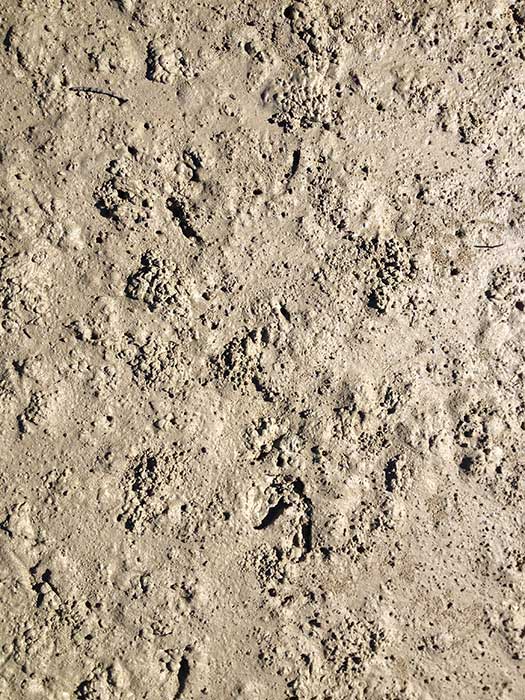
The odd Pukeko and roosting Caspian Tern is seen on the flats, and occasionally a Banded Rail. But mostly it’s White Faced Herons and Pied Stilts.
If it has a 30% chance or working then I am keen to:
- Clear dense vegetation from the islands.
- Remove or trim a large amount of the mangroves.
- Import shell.
- Reinforce the islands.
- Experiment with decoys.
UPDATE: May 2014: Experts think this is a long shot and that I have a better chance of dealing with the Pooks at Point England by poisoning them. But an even better idea is Chick Shelters!
UPDATE: March 2024: Well that worked after all!
Pest Monitoring
Monitoring Tunnel (S6) Selwyn Bush 24 March 2114

MY IDs: Using this guide
S1 –
S2 Rat
S3 Rat & Hedgehog
S4 Hedgehog
S5 Mouse
S6 Mouse & Rat (confirmed by Camera Trap)
S7 –
S8 Rat
S9 Rat
S10 –
This gives us a an Autumn result for 2014 of 56% Rat, 22% Mice, and 22% Hedgehog.
Wax Tags

These are only ones with marks, note S10 had no wax tag. I assume because of the ink markings and camera data they were both mouthed by rats. I am surprised there is any wax left on S6 given the amount of times the rats ran unto/past the tag (camera observations). On further inspection I think S6 is the only conclusive rat bite. Next time we should leave these out for 7 nights.
Shore Plover on the road
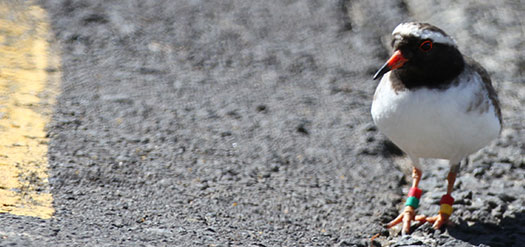
Shell Drop
 Awesome day building a shell habitat for Fairy Terns in the Kaipara.
Awesome day building a shell habitat for Fairy Terns in the Kaipara.
Also made some signs
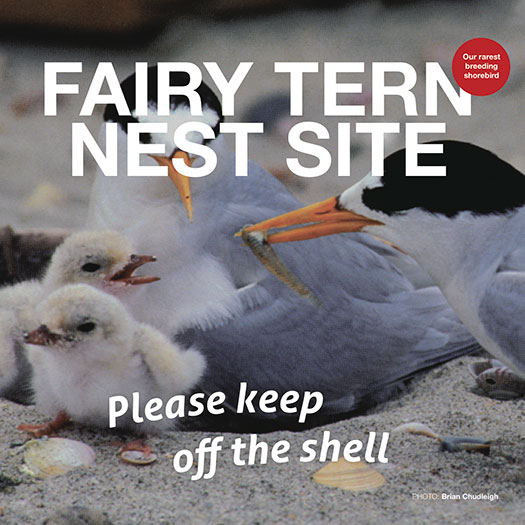
Philosophy
I found this old thing on my hard-drive. Might help me get focused.
I think the obvious answer is a wetland because those environments were hardest hit buy farmers. Tho interestingly I do not know much about threatened wetland species. Our rivers and shorelines face a lot of commercial & recreational pressure. A wetland also sits at an interesting intersection:
- When I visit forests I hear a lack of quality in the silence (lack of bird life)
- When I drive through the countryside I see a lack of quality in the monotonous monocultures.
- When I kayak in NZ, the water feels empty. I think for me — quality is biodiversity and the water is overfished and often polluted.
It would be magic if I could fill all three buckets with one hose.
Decoy (failed)
After a great start at Point England I have ended the season with nothing fledged. The Dots have now left the paddock as the grass has grown too long, the farmer says he was understocked.
EGGS 10
CHICKS 8
FLEDGED 0
So what happened to the chicks? I have never seen any cats and I have looked for them at night and with the camera trap. I got to the point where dog owners are policing other dog owners about staying out of the paddock so pretty safe there. When an OSNZ member came by the paddock to do the count she saw Pukeko attack and kill a Dotterel chick. In an effort to record this behaviour I tried making a decoy.
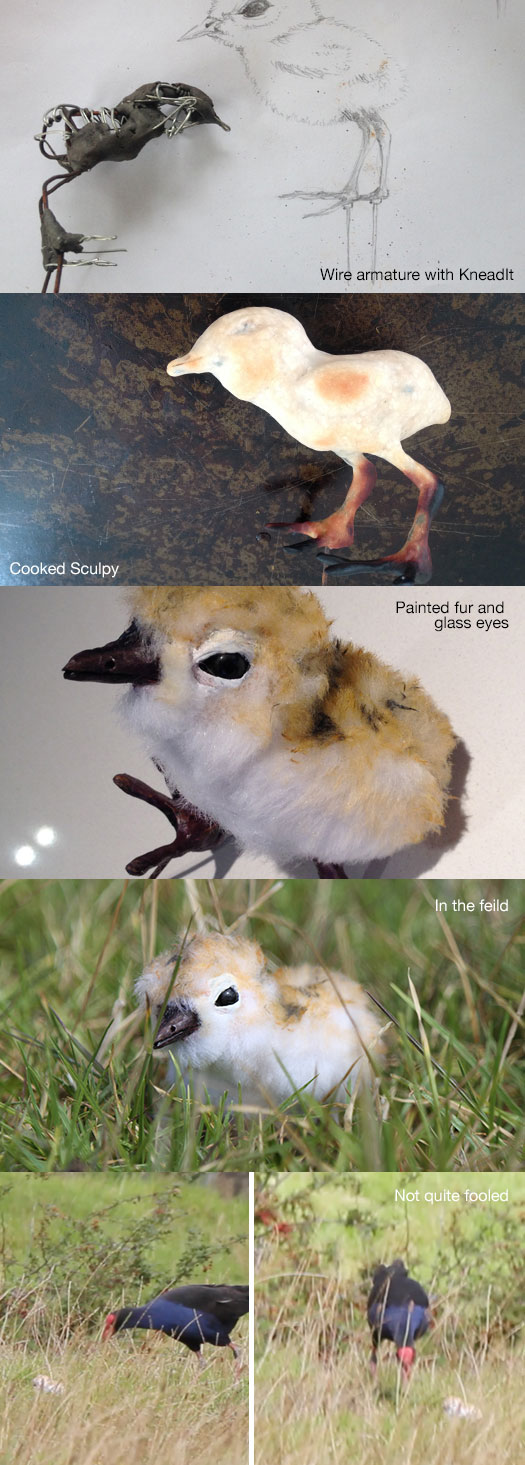
A Black Back Seagull circled it but it did not land.
UPDATE: Second attempt with crouching dot and upgraded makeup… also failed. Maybe they are less aggressive when not breeding.
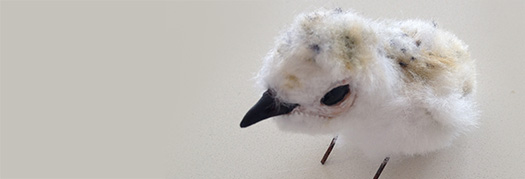

Revive our Gulf
Pretty proud to be helping with this project. A little bit of coms strategy and photography but mostly branding, visualisation and web work so far.
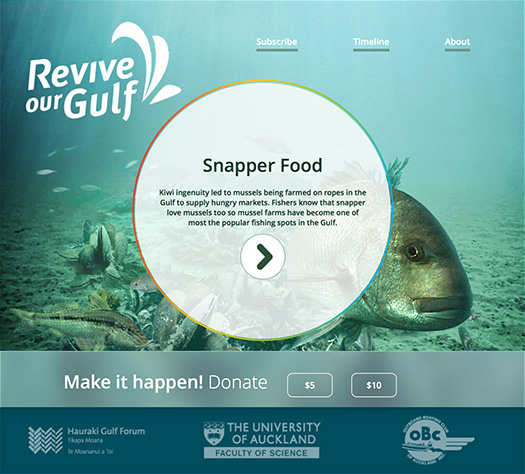
Invisible Nests
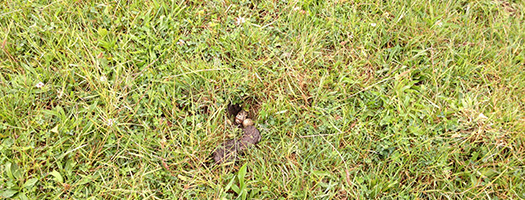
Dead Chick
